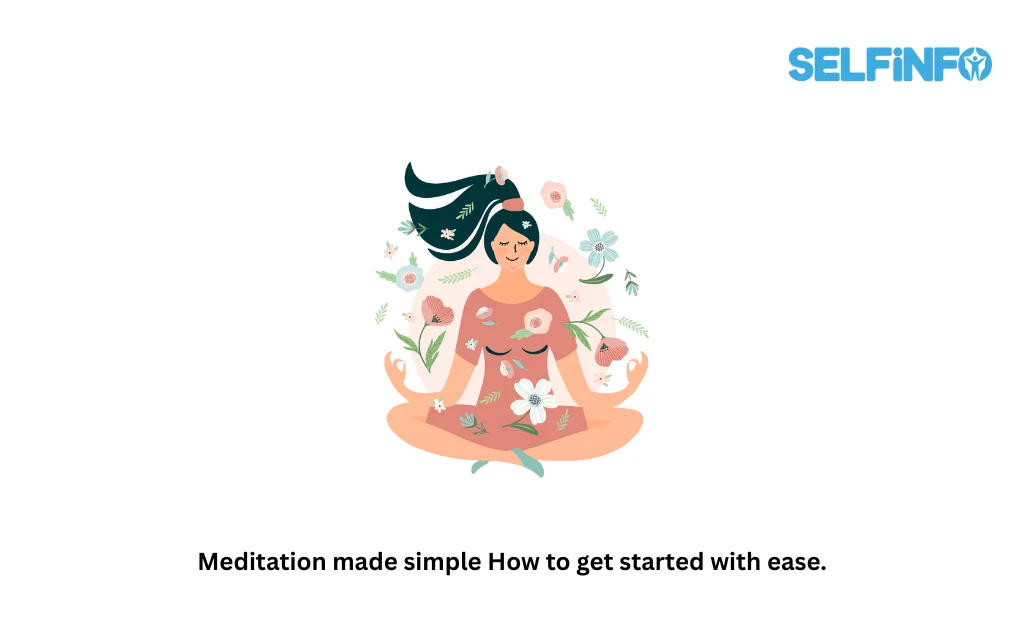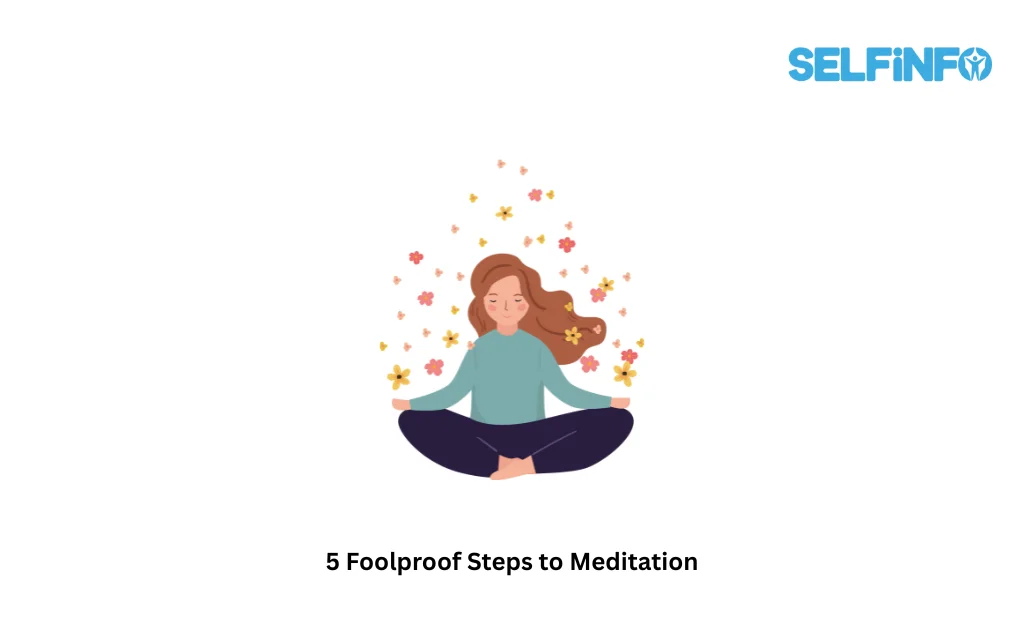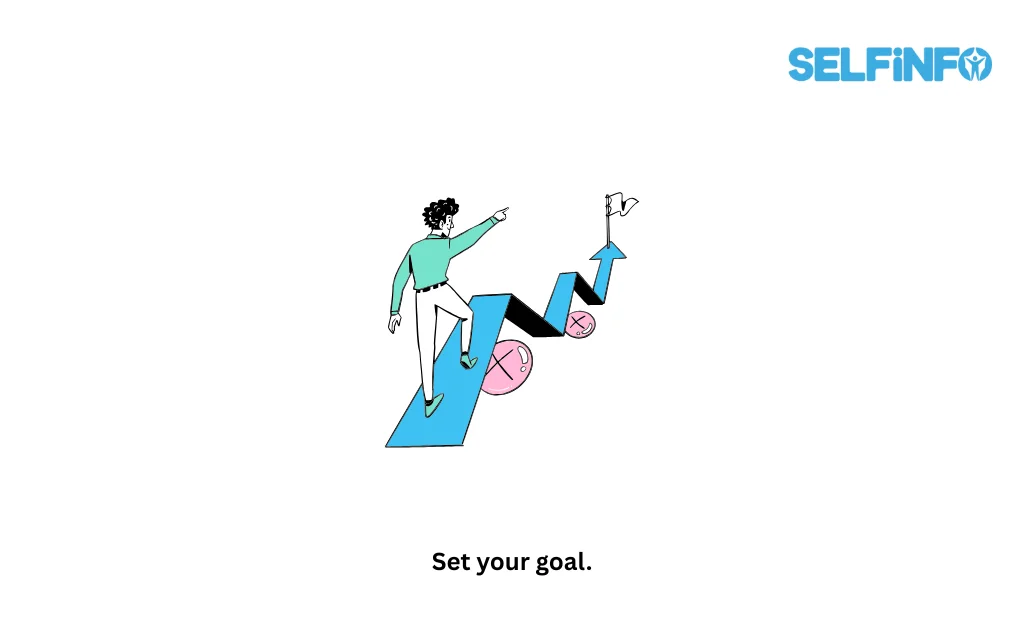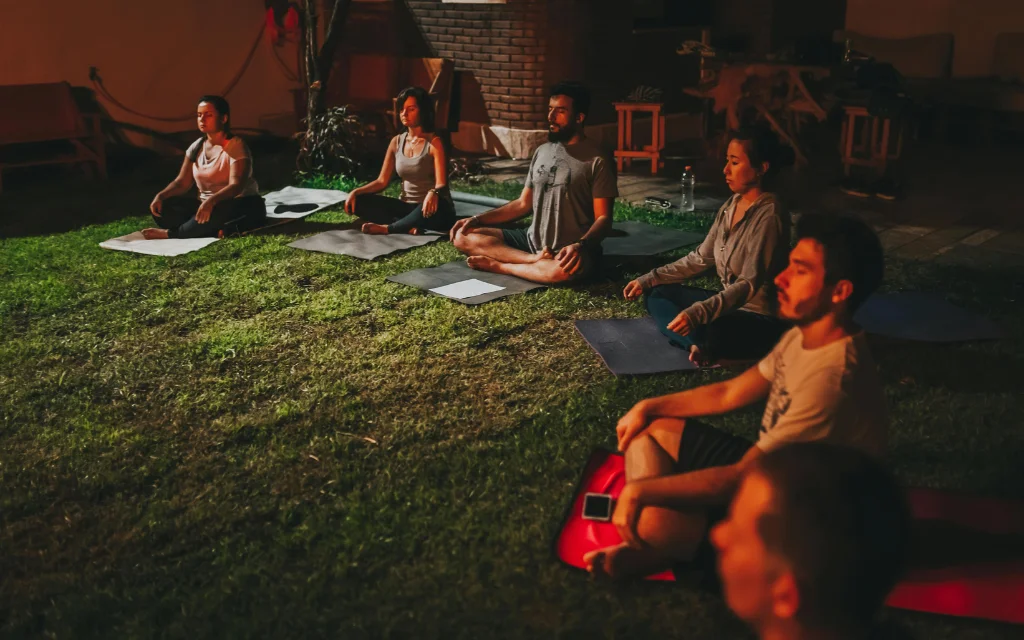Meditation made it clear how easily we get swept up in our hectic, results-driven lives. From work duties to dinner plans and replying to that Facebook message before your friend gets annoyed—it’s all a bit much. Just writing it out feels overwhelming!
We voluntarily give the world our whole attention. However, what about taking care of ourselves?
Every hood has an engine behind it, the artist behind any artwork is behind it, and your physical and mental energy reserves are beneath your capacity to react to the outside world.
Has somebody ever told you that you simply “do not have the energy”? Well, it might not be as symbolic as you believe. It takes energy to pay attention to the “noise” in your everyday life, and your energy reserves run short unless you make time for a restorative activity like meditation.
What happened, then, if you, like me, have fostered the obsessive urge to focus more on the outside world than the inside? When your mental energy ran low, what happened?

I developed a number of self-destructive tendencies after years of directing the majority of my energy outside.
For a large portion of the day, I was unhappy and unproductive, lacked energy, got irritable and pessimistic, lost hope and mental drive, and became ungrateful, gloomy, and reclusive.
When I learned to meditate, everything changed. My emotional tank was refilled with the self-love and care I needed to figure out what was important, make the most of my day, and succeed the way I wanted to, not what other people wanted me to.
In addition to providing a mental boost, my practice has given me numerous other advantages, such as:
- Anxiety relief
- Giving more precise ideas
- Reacting to stimuli more slowly and patiently
- Boost awareness of obsessive behavior patterns
- An increase in self-assurance and confidence
- A rise in output
- A more joyful and optimistic perspective
In many respects, meditation is actually mental maintenance. Imagine your mind as your vehicle. If you think, “Well, if I just let it go another few weeks to save some money, it would be great,” you might put off changing the oil.
Yes, it might be alright, but since you have not had any cause for concern thus far, it is likely that you will continue to put it off.
You cannot see how your oil degrades and builds up carbon and wear particles, which ultimately leads to a major breakdown of your vehicle. Because you have not given your car the care it needs to function well for you, the low-quality oil has caused a meltdown’ of the engine
You cannot see how your oil degrades and builds up carbon and wear particles, which ultimately leads to a major breakdown of your vehicle. Because you have not given your automobile the care it needs to function well for you, the engine has “melted down” due to low-quality oil.
Similar care is needed for your mind to function properly, efficiently, and without the possibility of a “meltdown” (think anxiety or sadness).
A chaos buzzing around inside your thoughts all the time makes it impossible to access your genuine inner brilliance. The secret is to use meditation to give your mind the time and attention it needs, then let the good ideas to flow freely in the newly created space.
5 Foolproof Steps to Meditation

There are numerous well-known forms of meditation, but the one I employ is a mindfulness and Zen meditation technique based on Victor Davich’s book The 8-Minute Meditation. I use the detailed instructions below every morning, and I get great results every time.
1. Clear your mind.
I prefer to stretch using the yoga Sun Salutation practice as part of my morning routine. My body feels less tense as a result, and my blood is enriched with oxygen, which is vital for my brain’s neuron bonds to form. This helps me declutter my thoughts before I meditate.
2. Get seated.
You would assume that meditation consists solely of sitting cross-legged on pillows with candles and the heady aroma of incense burning. False.
In order to avoid becoming distracted by tingling in my legs, painful muscles, or anything else, I look for a peaceful, comfortable spot to sit regularly. Either the edge of my bed or a flat chair are my favorite spots.
3. Set your goal.

I set the time limit for my meditation practice at 10 minutes using a stopwatch app on my phone. I do not like to sit and meditate for extended periods of time since I am busy, and I am sure you are too. I have tasks to complete!
I advise beginning modestly at first. Try three minutes of meditation if you think you can manage five. Setting a goal that falls short of your expectations puts you in a winning position, which is crucial for forming a new habit.
I have been meditating for two years, and I have found that 10 minutes is a good amount of time, and longer is much better (if you have time). After five minutes or more, you will see measurable improvements. TIP: To avoid interruptions, make sure your phone is in airplane mode.
5. Meditate. (Warning: Your mind will wander, and that’s perfectly fine.)
- Be patient when you are first starting your practice. If you want to achieve serenity, your active mind may probably oppose and give you opposition. If you are having trouble maintaining your practice focus:
- Act as though you are staring at the tip of your nose with cross eyes. This serves as a focal point in yoga and can help center your thoughts and return them to neutral.
Pay attention to your breathing. Imagine seeing the passage of air through your nostrils. Slowly and steadily inhale and exhale to feel its cold, oxygen-rich presence.
Keep an eye on your pressure points. Another excellent focal point for concentrating your thoughts is the pressure you are exerting on the actual environment. These could be your buttocks, palms of your hands, and soles of your feet when you are seated. Take note of the pressure and visualize how it integrates with the earth, to which you are deeply connected.
Imagine yourself from above. Try hitting pause and then visualizing yourself looking down from a high place, like a hot air balloon, if you find yourself lost in a notion. As you observe, put your idea inside a bubble, watch it rise toward you, and then pop it to make it vanish. By doing this, you are detaching yourself from the thought and viewing yourself from an external viewpoint.
You Need Self-Love and Attention; Meditation Is the Answer

If you believed that meditation was a romantic practice only for monks or spiritual individuals, you should reconsider. Oprah Winfrey and Steve Jobs are just two examples of great people who have recognized the value of meditation in their everyday life and credit this crucial morning routine for their success.
Meditation will give you a boost and replenish your mental energy. It is a deliberate period of time during the day for you to give your mind some much-needed rest by concentrating on nothing in particular.
Above all, the only way to genuinely replenish your mental energy and deal with the underlying factor that determines your fate—your ability to think and make decisions—is to dedicate yourself to meditation.
You can prioritize your time based on ideas of success rather than chaos by using the stillness to help you get perspective on what is really important at the moment.
